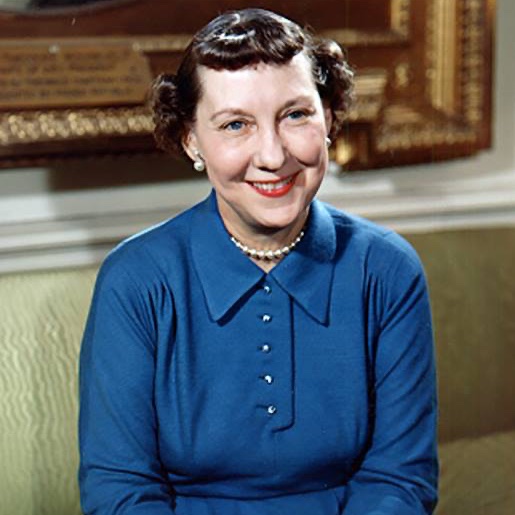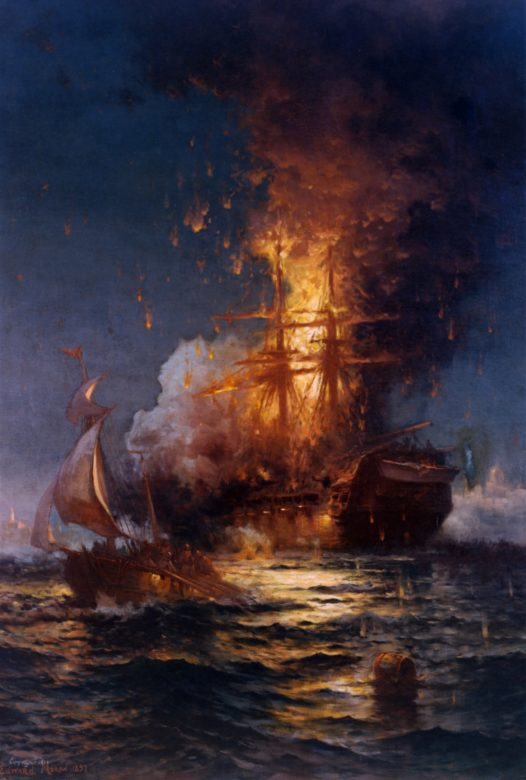In 1816, a group of white elites formed the American Colonization Society with the intent to send free African Americans to live in Africa. In 1821, the ACS purchased a piece of land in West Africa and created the colony of Montserado, later known as Liberia. 

The capital in the colony was later named Monrovia in honor of President James Monroe, a strong supporter of the ACS. Two other presidents that relied on enslaved labor at the White House also supported the organization.
President Thomas Jefferson became an early supporter of the movement and President James Madison was elected the third president of the ACS in 1833, serving until his death in 1836.
In today’s article, learn more about the American Colonization Society and the presidents who supported it: whitehousehistory.org/the-american-c…
And learn more about the the complicated past and the paradoxical relationship between slavery and freedom in the nation's capital through our Slavery in the President’s Neighborhood research initiative #SPNInitiative: whitehousehistory.org/spn/introducti…
• • •
Missing some Tweet in this thread? You can try to
force a refresh





















